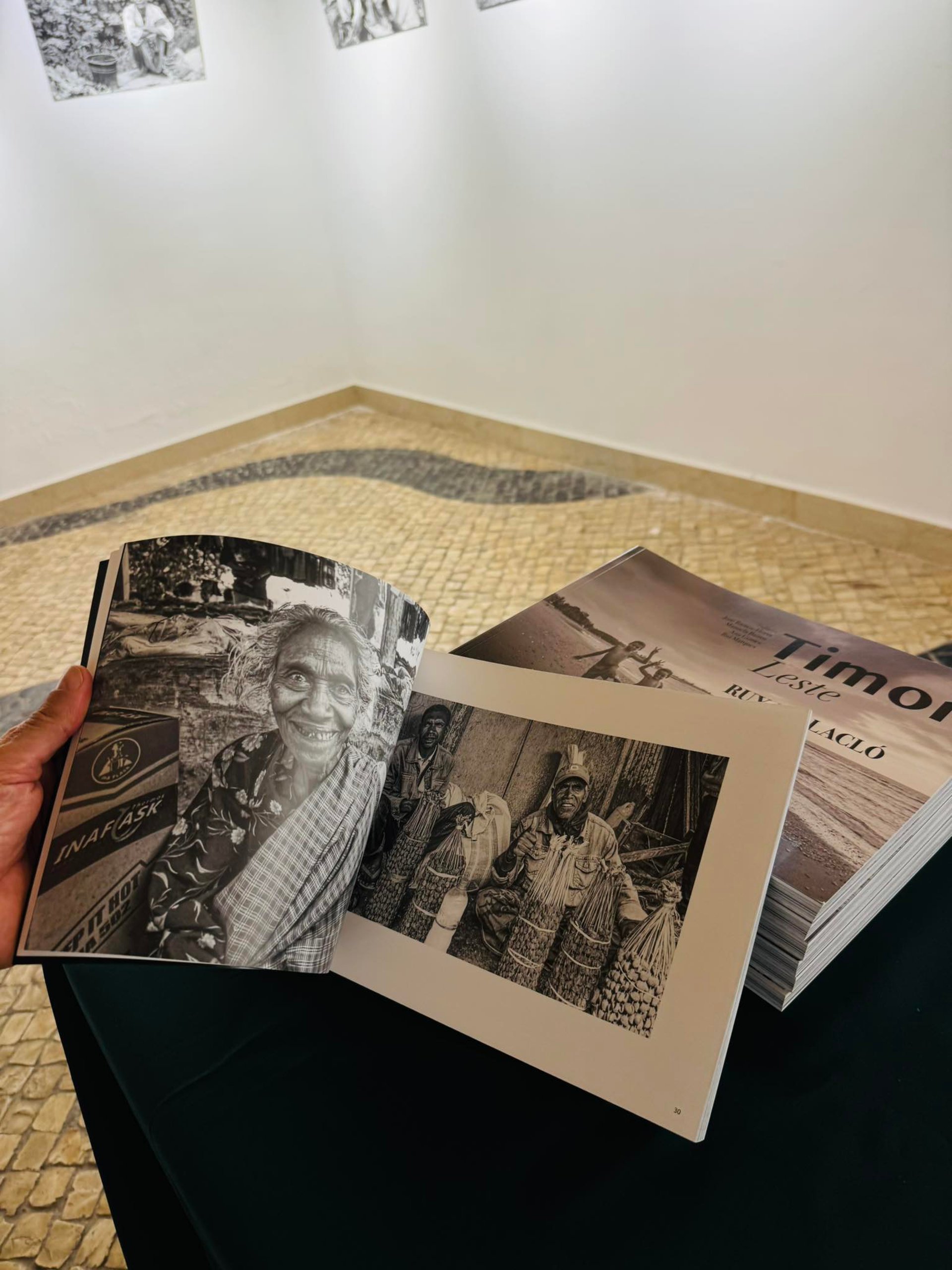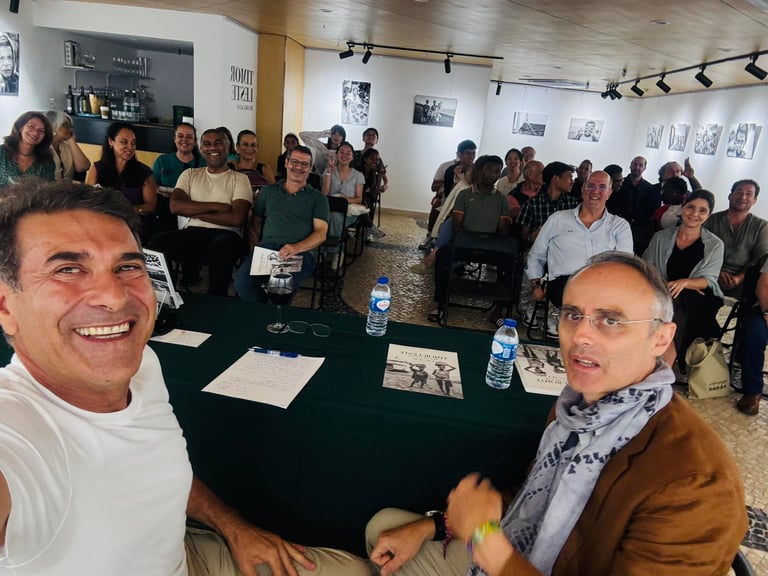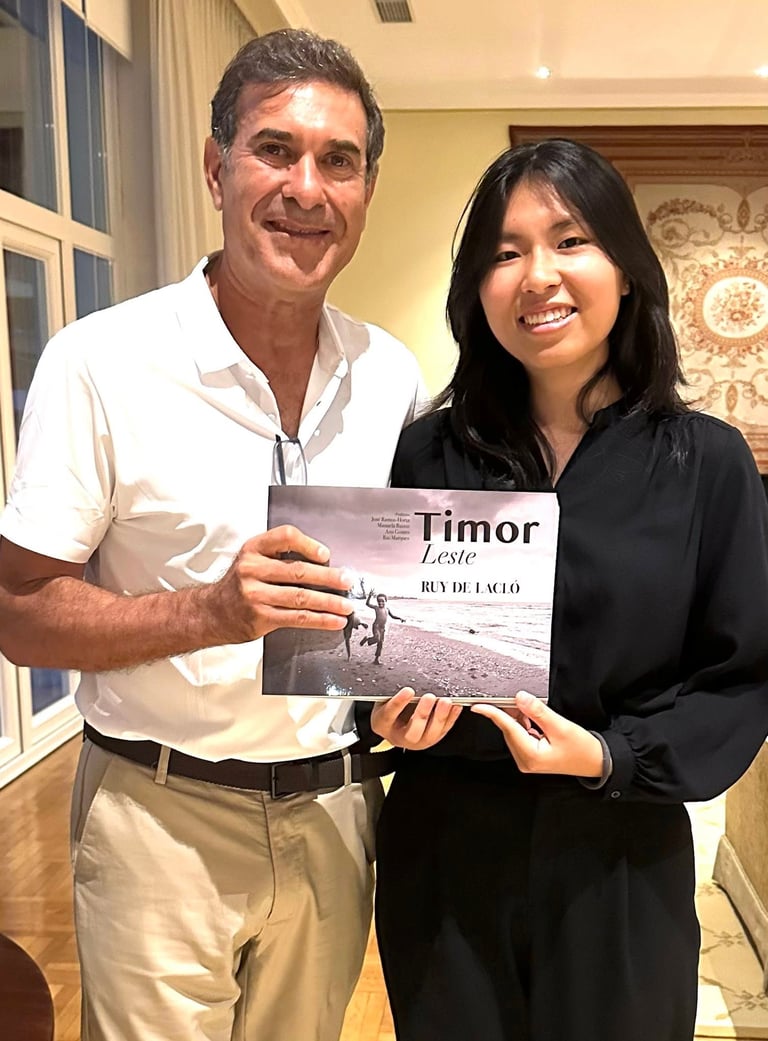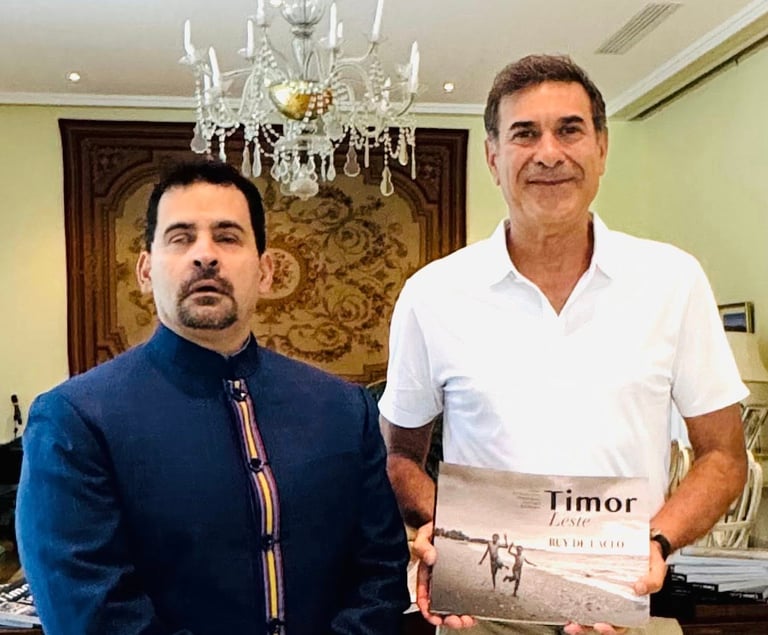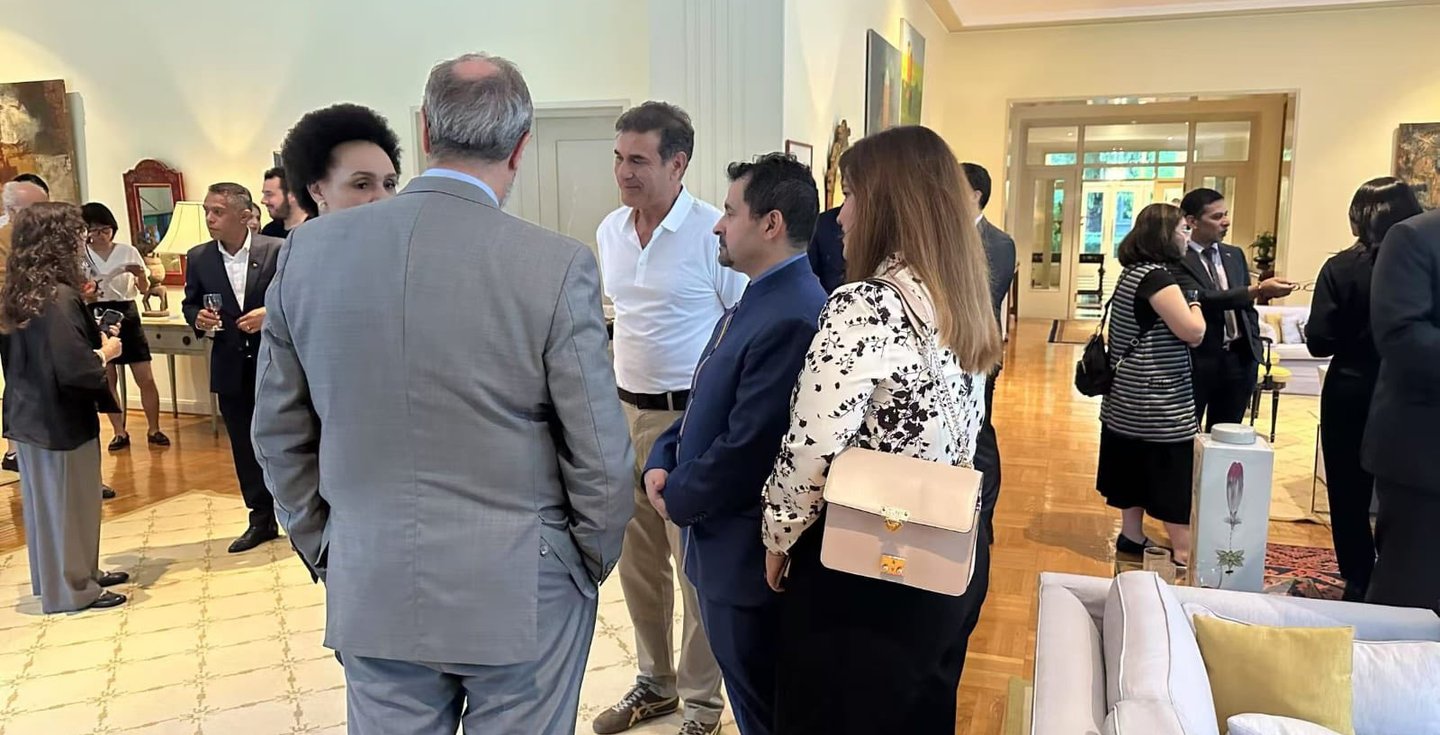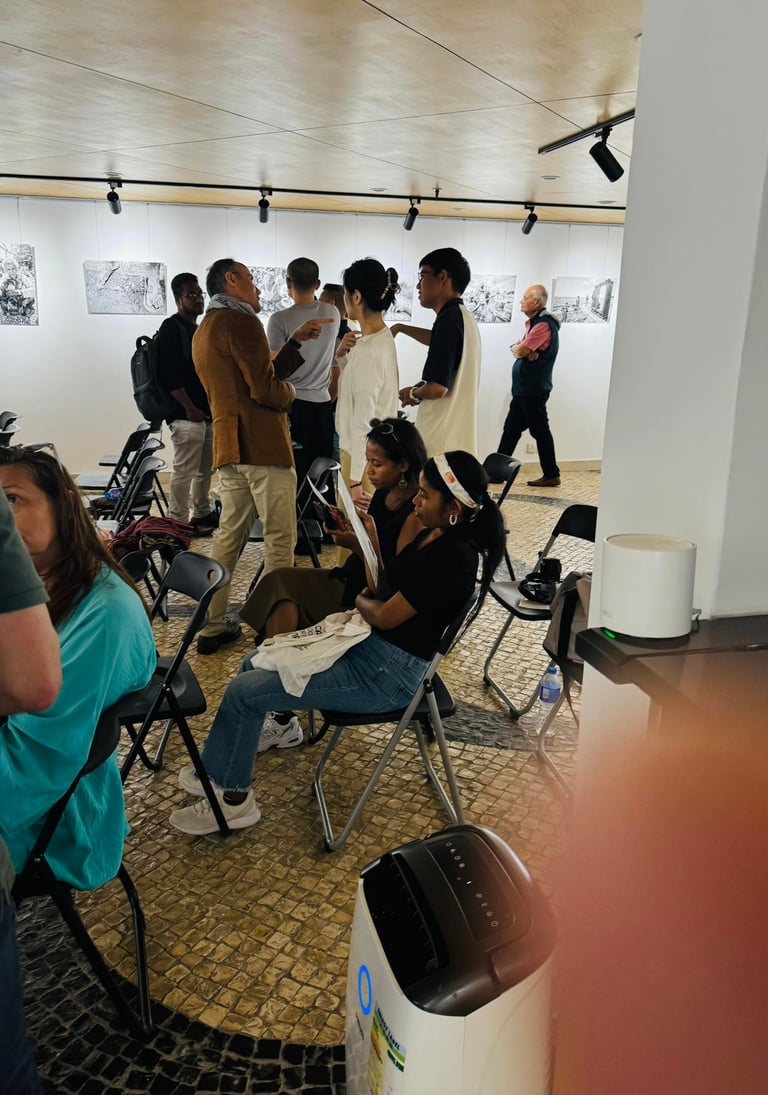Roughly 12 years have passed since the idea for this book was conceived until its realization. This project began before the Black and White phase, with a well-developed sketch featuring color images. However, the rediscovery of Black and White led me to reconfigure the book's initial concept. Black and White, due to its powerful contrasts between the dichotomy of black and white and an infinite range of grays, allows for greater concentration on the motifs and subjects I intend to address, which is not the case with color photography. This is the reason for this change in the initial concept.
With this photography book, I intend, in a very concise (simple) manner, to provide a cultural perspective on the daily life of the Timorese people, while simultaneously focusing on aesthetics, striving for the abstraction of color, highlighting the power of Black and White, so that the elements that make up each of the images stand out more powerfully. I understand that the absence of color can lose some of its dynamic, since color is a very vibrant element throughout Timor, with the various crystal blues of its beaches, the diverse greens of its vegetation contrasting with the reds, yellows, and other hues of its fruits and flowers, the bright colors of the Tais and Salendas, the rainbow decorations of the Microletas and Biscotas, and above all, the joy of the people, who over the centuries have resigned themselves to the hardships of the climate and terrain, to the occupying powers with all their good and bad, and have wisely learned to live with what little they have, in the hope of a better future.
Still regarding conception. During my time in Timor-Leste, I took the opportunity to enrich my knowledge of the culture and history of the Timorese people, particularly during the various phases of the Indonesian occupation. I did a lot of research, focusing specifically on the final phase of the occupation. This is because I remember two aspects of those times: the live television news broadcasts of Dr. Ramos Horta playing the crucial role of defender of the Maubere people at the UN; and the images of the massacre at the Santa Cruz cemetery, and in particular, images of the people taking shelter on the mountain at night, where they prayed incessantly.
I read the book Island of Darkness by José Rodrigues dos Santos, which helped me better understand some aspects and recognize the role of the various "actors" who, together, formed a powerful bloc to liberate the Timorese people from the shackles of the occupying power. Later, this data I collected gave rise to the idea of inviting some of these people, who played a decisive role in building this liberation force, to write about their understanding of East Timor (Ramos Horta, Ana Gomes, Rui Marques, and Manuela Beiros, currently the Portuguese Ambassador to East Timor). Naturally, an approach to culture, traditions, and customs would be important to enhance this photographic work, because soulless photographs serve only as documentary records. From this idea of soulful photographs, I began to flesh out the book. Photographs are like a window into a world full of events: they reveal encounters, contacts, and a myriad of activities that celebrate the vitality of human relationships. The semiotics of images demonstrates how social life is made of bonds and experiences that enrich the collective experience. For several years, I dedicated myself to recording the daily lives of the people I encountered in East Timor. Thus, I invite readers to immerse themselves in this experience, to "feel" the reality of the country through my photographer's eyes.
As Sebastião Salgado aptly summarized, "Photographs are a vector between what happens in the world and the people who cannot witness it." In this spirit, each frame and each face portrayed carry unique stories and singular moments, offering insight into the diversity and complexity that make up the human experience in Timor-Leste, a territory of enormous wealth. Daily Timorese social life, especially outside the capital and its outskirts, revolves largely around commercial relations in markets, the buying and selling of agricultural products, livestock, and other goods arriving from Dili and elsewhere. Markets are lively and fertile spaces for photographers and travel enthusiasts. Here, in these places, people gather to trade in a vibrant atmosphere of social interaction. Markets are not only spaces for economic transactions, but also meeting points where communities connect and share news and stories. Markets play a crucial role in the regional economy and ensure the supply of food and essential goods. They represent an authentic reflection of social life in rural areas and are therefore represented in this photographic work. Children are portrayed in their joyful play and in their responsible activities.
